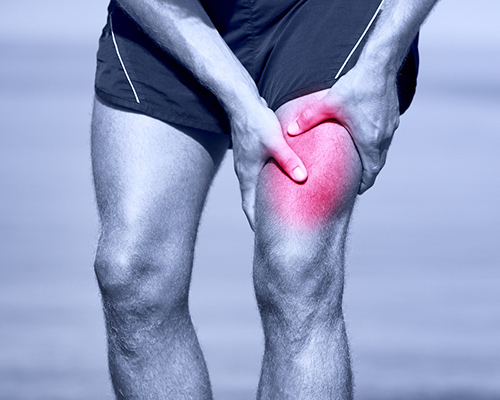
While exercising can help heal and prevent injury, it can also cause re-injury, and it’s important that you take your time when returning to the gym. Here are some exercise tips to follow when easing back into a post-injury exercise routine.
Trauma-related injury
What one’s post-injury exercise regimen will look like depends on the type of injury they suffered—a strain or sprain require different strategies than injuries caused by a severe car accident. If you are returning from a severe injury, listen to your doctor and physical therapist’s instructions carefully and follow their advice closely.
Choose the right exercise
A person’s fitness goals change when they are returning from injury. You might not be able to complete an exercise you once did pre-injury and adjustments must be made. Instead of aiming for peak physical performance, simply strive to become 100 percent healthy again.
The first regime when returning from injury rebuilds the foundation an athlete once laid. Athletes should build this new foundation as sturdy as possible to prevent setbacks and maximize future performance. Choosing the correct exercises is an essential first step to laying this foundation.
Start light
Whether your goal is weight training or cardio based, always keep the intensity low when starting over. This means you will not force your muscles into total fatigue or run until you’re completely gassed. Instead, exercise just enough to “feel the burn” and not to complete exhaustion. Over-exerting yourself can lead to injuries that set you back further than the initial injury. It takes time, but you will be back to 100 percent soon.
Monitor your form
Proper form leads to optimal performance and progress while also preventing injury. Even though proper form should be central to any exercise regime, it MUST be emphasized when returning from injury. Make sure your core is engaged in all exercises while simultaneously following strict form. This includes keeping the weight low and under control, knowing when the body has had enough, and listening to your pain. Which leads to the next point.
Listen to your body
Pain exists for a reason. It isn’t “weakness leaving the body,” it’s your body telling you, “if you keep doing this, something will break.” If you’ve exercised in the past, you know the difference between good and bad pain. Listen to what your body is telling you. Use lighter weights, lower the intensity, or end a workout early if pain persists.
Active recovery
Active recovery is a calculated, less intensive workout than normal. This lighter version of exercise keeps the body in motion without breaking down muscles any further and is a great way to recover from an intense workout.
It’s important to note that intensity is relative to a person’s specific conditioning. What qualifies as low or high-intensity for an average person will differ from a professional athlete. The intensity levels a person can withstand are always diminished after an injury. Returning athletes can only handle a lighter load and will experience more soreness than usual until they return to pre-injury form. Consider using active recovery to supplement initial workouts, curb soreness, and accelerate progression.
Take this time to start over
A silver lining when returning from injury is that it’s a chance to start over. If the injury sidelined you for months, your overall fitness was sidelined too. This is a great time to hit the restart button on any imbalances or weak points, such as a weak core or a lack of flexibility. Focus on your weaknesses to provide your body with more balanced set of strengths which will lead to less injuries caused by imbalances.

